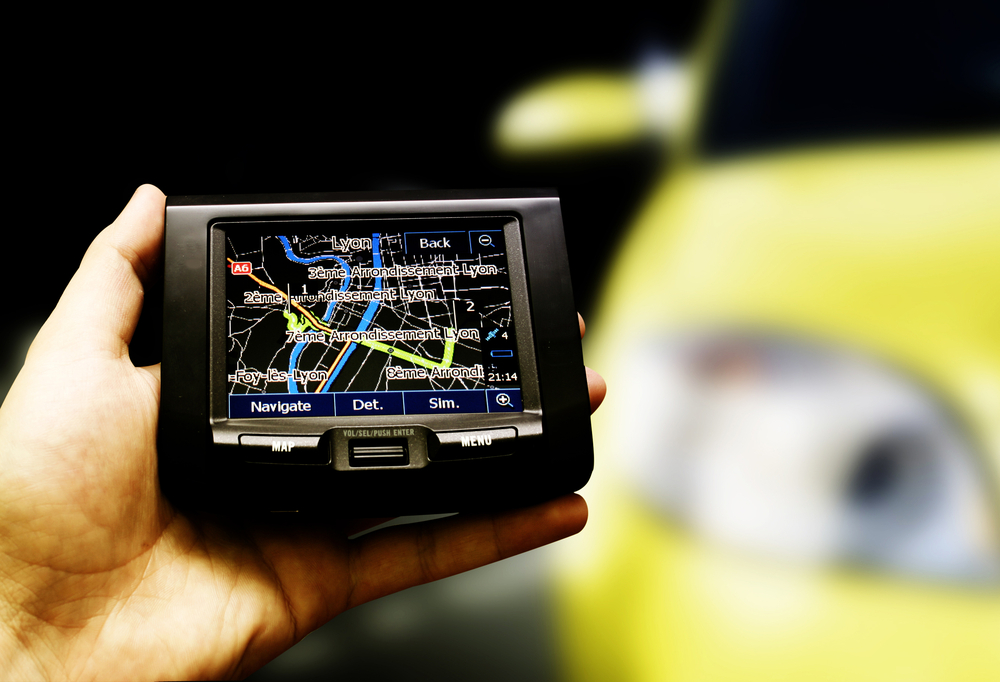
Efficiently managing video data from fleet dash cameras is a critical component of modern fleet operations. This article discusses the essential role that video data plays in optimizing fleet performance. We will offer a comprehensive guide to best practices for effective video data management.
By harnessing the power of video data, fleets can enhance safety, streamline operations, and make more informed decisions, ultimately paving the way for a more effective and secure transportation landscape. In the following sections, we will explore strategies and recommendations to harness the full potential of fleet dash camera footage.
Understanding Video Data from Fleet Dash Cameras
Video data is the lifeblood of modern fleet management, providing invaluable insights for optimized operations. Video data refers to the visual information captured by fleet dash cameras, encompassing continuous recording, and event-triggered footage from dash camera configurations. It plays a pivotal role in fleet optimization by providing real-time, visual insights into various aspects of fleet operations. This data can be harnessed to enhance safety, monitor driver behavior, investigate accidents, improve fuel efficiency, and make informed decisions. By leveraging video data effectively, fleet managers can streamline operations, reduce costs, and ultimately enhance the overall performance and safety of their fleets.
Types of Fleet Dash Camera Video Data
Fleet dash cameras record various types of video data, including:
- Continuous Recording: These cameras record video footage continuously while the vehicle is in operation. This provides a comprehensive view of the road and surroundings at all times, aiding in accident reconstruction and monitoring driver behavior.
- Event-Triggered Footage: Fleet dash cameras are often equipped with sensors that can detect events like sudden braking, acceleration, or collisions. When triggered, these cameras save video clips before and after the event, helping to determine the cause and responsibility for incidents.
- Driver-Facing Cameras: Some cameras are designed to capture footage inside the vehicle, focusing on the driver’s behavior. This type of data is valuable for driver coaching, assessing distraction or fatigue, and improving overall safety.
- GPS Data Overlay: Many dash cameras include GPS capabilities, which overlay location and speed data on the recorded video. This is crucial for route analysis, monitoring speed violations, and improving driver adherence to routes.
- Telematics Integration: Some fleet management systems integrate video data with other telematics data, such as engine performance, fuel consumption, and vehicle diagnostics. This comprehensive data provides a holistic view of fleet operations.
- Live Streaming: Some advanced dash cameras allow for real-time video streaming, which can be useful for monitoring drivers and responding to emergencies promptly.
Understanding and effectively utilizing these types of video data is essential for improving fleet safety, efficiency, and decision-making.
From video data, fleets can extract insights on driver behavior, accidents, near misses, compliance with traffic rules, vehicle maintenance needs, and real-time monitoring. These details empower data-informed decisions for enhanced safety, efficiency, and fleet management.
Importance of Effective Video Data Management
Effective video data management is the cornerstone of modern fleet operations. This section explores the many benefits that come from adeptly handling video data. By doing so, fleets can significantly improve safety, mitigate risks, and evaluate driver performance more comprehensively. Well-managed video data facilitates efficient accident investigations, reducing downtime and costs.
A critical aspect of this discussion delves into compliance with regulations governing data retention and privacy. Understanding and adhering to these rules is paramount not only for legal reasons but also for safeguarding sensitive information and maintaining trust with drivers and customers. The meticulous management of video data not only streamlines operations but also bolsters a fleet’s reputation and operational integrity.
Best Practices for Video Data Management
In the pursuit of effective video data management for fleet dash cameras, adopting best practices is key. These guidelines provide the framework for ensuring the security, accessibility, and utility of video data, ultimately enhancing fleet performance and safety.
Storage and Backup
Effective video data management starts with considering storage options. This section covers local storage, cloud storage, or dual solutions for added security. Emphasizing the importance of redundancy and backup strategies to maintain data integrity and availability, it offers guidance on selecting appropriate storage capacities, factoring in fleet size, camera resolution, and retention periods.
Data Retention Policies
Defining data retention policies is crucial, aligning them with regulatory requirements and business needs. Factors like legal obligations, insurance claims, and incident investigation influence the determination of retention periods. This section offers guidance on establishing a consistent and documented data retention policy, ensuring clarity and compliance.
Data Security
Data security is paramount for video data from fleet dash cameras. This part delves into encryption, access controls, and user authentication to safeguard sensitive footage. It underscores the importance of collaborating with trusted service providers and regularly updating security protocols for comprehensive protection.
Efficient Retrieval and Analysis
Efficiency in video data retrieval and analysis is essential. This section highlights the need for user-friendly video management software and tools that simplify search, review, and analysis of video footage. It also emphasizes the utilization of advanced video analytics capabilities to extract actionable insights from the data, enhancing fleet operations and decision-making.
Integrating Video Data with Fleet Management Systems
The integration of video data with fleet management systems marks a pivotal advancement in optimizing fleet operations. Harmonizing video data with telematics systems or fleet management software bolsters operational visibility and informed decision-making.
Integrating video data offers the ability to correlate visual information with other telematics data, such as vehicle location, speed, and engine performance. This synergy empowers fleet managers with comprehensive insights into driver behavior, safety incidents, and operational efficiency. Moreover, it streamlines accident investigations, enabling swift and accurate assessments of incidents.
For successful integration, the importance of selecting compatible systems cannot be overstated. Utilizing Application Programming Interfaces (APIs) facilitates seamless data exchange, ensuring that the video data enhances the functionality of the overall fleet management system. This integration not only enhances day-to-day operations but also contributes to long-term improvements in safety and efficiency.
Elevating Fleet Performance: The Power of Effective Video Data Management
Effective video data management is the linchpin of modern fleet operations. By embracing best practices and harnessing the power of video data, fleets can elevate safety, efficiency, and decision-making. We encourage fleet managers to take action, implement these strategies, and unlock the full potential of video data. Click to learn more about how effective video data management can transform your fleet operations.







